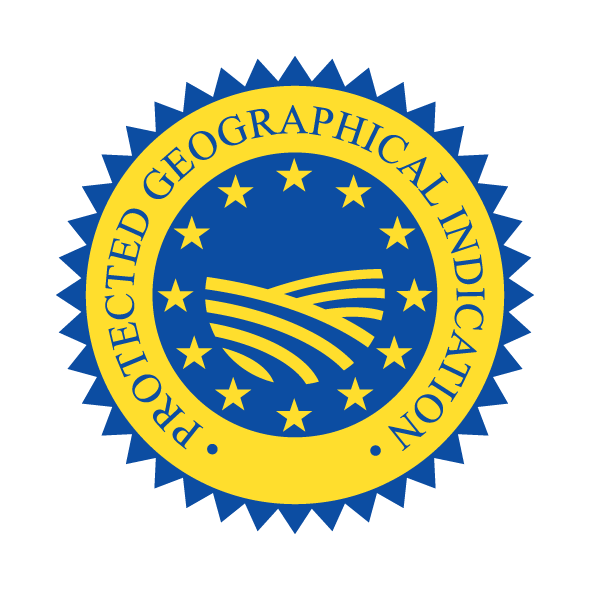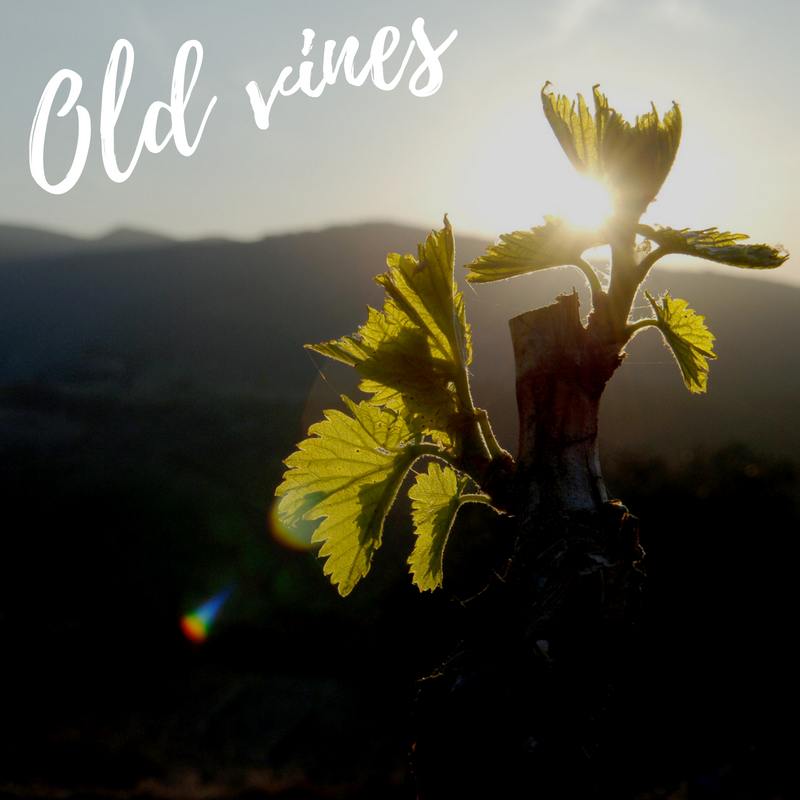by Christy Canterbury MW
Today’s epicenter of Garnacha stretches from its birthplace in Aragon, Spain northeast across the border into France’s Roussillon, where it is known as Grenache. In this small European portion of the globe, Garnacha/Grenache remains a centerpiece in most prevalent wine styles. Twenty years ago a new generation of winemakers gave birth to the dawn of a revolution to revive the Garnacha/Grenache twins as focal points in the tapestry of European quality wine.
HISTORY AND RENAISSANCE
Garnacha/Grenache’s tie to quality wines has endured the centuries. The first known mention of Garnacha/Grenache dates back to 1513. Were it not a noble grape variety, it would have fallen out of favor over the last four centuries, especially after phylloxera. (Yes, it also helped that the variety can be a productive grape, too.) However, Garnacha/Grenache is now in the crescendo of a full-blown, quality-driven renaissance that is certainly its most important yet.
This European quality wine rebirth is centered in Northeastern Spain in the regions of Calatayud, Campo de Borja, Cariñena (Somontano and Terra Alta, as well as in France’s Roussillon. After all, even today, 97% of the globe’s Garnacha/Grenache is planted here. Moreover, Garnacha/Grenache is the second most-planted grape variety in the world. The abundance of this one grape variety in this area is impressive!
Spain remains a stronghold for the variety, Today, Garnacha is the third most planted variety in Spain. Interestingly, however, it is France, where Grenache is the second most planted variety, that hosts over 50% of the globe’s Grenache plantings.
OBJECTIVES OF THE QUALITY RENAISSANCE
The cornerstones set forth by the new wave of European Garnacha/Grenache winemakers to achieve consistently world-class quality wines are:
- Protecting old vines
- Selecting vineyard sites carefully
- Monitoring yields strictly
- Controlling alcohol levels
- Bonding modern winemaking techniques with old traditions
- Pushing stylistic experimentation through the inherent diversity of Garnacha/Grenache
PROTECTING OLD VINES
Europe holds a treasure trove of old Garnacha/Grenache vines. When these wine regions favored productivity – which often sacrifices quality, old vines were less appreciated because old vines produce less fruit. However, in today’s quest for world-class quality, old vines are cherished. Not only do their low yields produce more concentrated flavor, their well-established, deep root systems deliver better expressions of terroir – especially in mineral-like characters – and better resist increasingly hot weather conditions.
SELECTING VINEYARD SITES CAREFULLY
With regard to changing weather and climate conditions, the wine community is becoming ever more careful about where it develops or redevelops vineyards. Garnacha/Grenache grows well in many different soils, as long as they are low in vigor and well-drained. Humidity in the soils or amidst the vines poses disease pressure problems in this warm grape growing region. Of all soil types, this Mediterranean grape particularly loves schist and clay, both widely found in Northeastern Spain and France’s Roussillon.
The orientation of vineyards is a major change now. Whereas the best vineyard sites used to be south-facing, today many are planting with southeast and even northern exposures to help combat rising summer temperatures.
Additionally, higher altitudes and locations closer to the sea are being sought out to relieve vineyards of heat stress. Garnacha/Grenache needs a long growing season to ripen. However, when too much heat accumulates too quickly, the grapes’ acidity can drop dramatically before the fruit is fully mature.
MONITORING YIELDS STRICTLY
Garnacha is a generous producer, but winemakers today are in search of quality over quantity. When yields are restricted – particularly by old vines and poor soils as found in Spain and France, the wines’ flavors are more concentrated. Additionally, their colors improve. This is in part because Garnacha/Grenache has thin skin and low anthocyanin (color) levels. With smaller grapes, Garnacha/Grenache wines have better developed color. Furthermore, with smaller grapes having a lower grape juice to skin ratio, the grapes’ tannins can help structure the wines, supporting Garnacha/Grenache’s frequently restrained acidity.
CONTROLLING ALCOHOL LEVELS
Winemakers are trying to control alcohol levels more carefully today in still wines. This is a challenge as Garnacha/Grenache generally ripens at 14-16% abv. This is both a quest for better balance given the naturally light acidity and low tannin of Garnacha/Grenache, as well as a stylistic preference of many consumers, who today wish to be more careful about their alcohol intake. Additionally, more carefully balanced alcohol levels tend to give wines better drinkability with food.
BONDING MODERN WINEMAKING TECHNIQUES WITH OLD TRADITIONS
Research and education as well as tradition inform the new generation of winemakers in their work with Garnacha/Grenache. This applies to both vineyard and cellar work. From rootstocks to vegetative material to vineyard site and situation, growers are able to make better-informed decisions today with a wider range of solutions. This also follows in the management of the vineyards. For example, leaf canopy management can be customized to slow ripening and maintain acidity.
In the winery, temperature-controlled fermentation is de rigueur and maintaining excellent cellar hygiene – from transfer lines to barrels – is of utmost importance. Many wineries, especially the cooperatives, have state-of-the-art equipment, including computerized tanks and highly sophisticated bottling lines.
PUSHING EXPERIMENTATION THROUGH THE INNATE DIVERSITY OF GARNACHA/GRENACHE
Garnacha/Grenache is marvelously diverse. The array of colors and styles of wines it can produce is hardly new. However, European winemakers continue to experiment during this era of redefining top quality Garnacha/Grenache.
EVOLUTION IN THE CRADLE OF GARNACHA/GRENACHE
Both independent wineries and cooperatives are engaged in the quality renaissance of European Garnacha/Grenache, both in the vineyards and in the wineries of the cradle of this very old grape variety. Today’s grape growers and winemakers in Northeastern Spain and Roussillon have a new understanding of the variety through research and education, as well as decades of inherited experience from family members steeped in the traditions of growing Garnacha/Grenache grapes and making its many wine styles.
While some changes in winegrowing and winemaking produce immediate results, many more require a longer horizon for the benefits to surface. Twenty years into the renaissance of Garnacha/Grenache, and we can truly taste the crescendo in quality.











